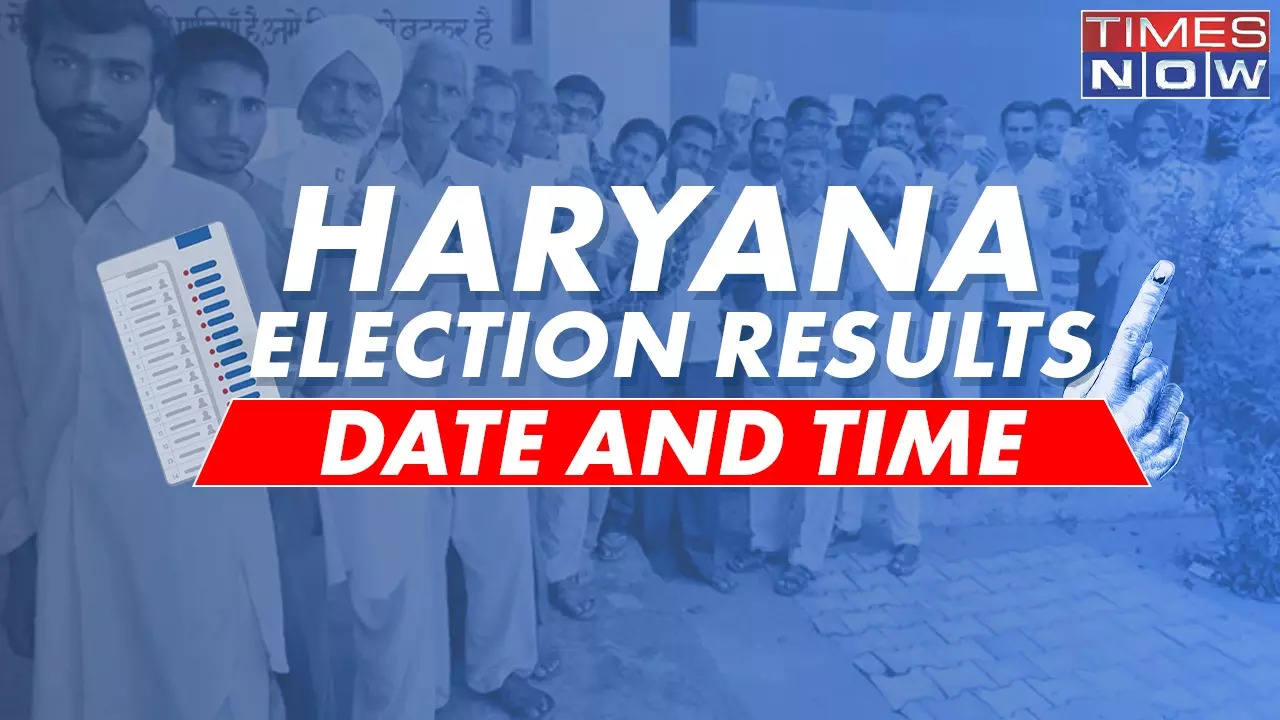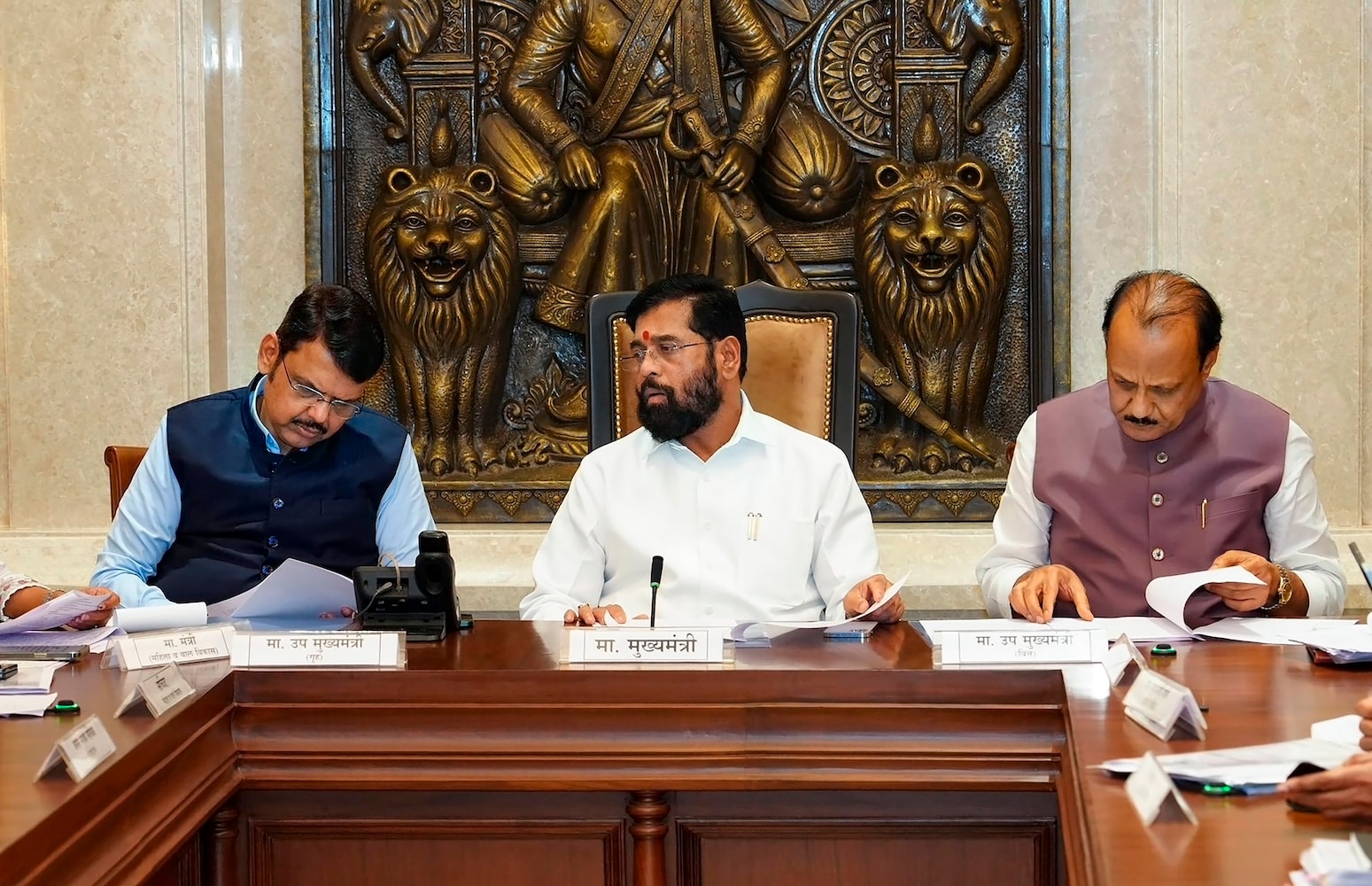
This is part two of a three-part series looking at how various factors in the presidential race could lead to Kamala Harris winning big this year. You can find the first part here . The third and final part will be published on Wednesday.
In August, following the kickoff of Kamala Harris’ campaign, a Gallup poll found that Democrats were 78% more enthusiastic about voting than usual, compared with 55% when Gallup asked in March and President Joe Biden was still running for reelection. Better yet, in August, only 64% of Republicans were more enthusiastic than usual. x Embedded Content A CBS News/YouGov poll from right before last week’s presidential debate found the same dynamic in the critical swing states of Michigan, Pennsylvania, and Wisconsin.

“Eighty-nine percent of Democrats in Michigan, 82% in Pennsylvania and 87% in Wisconsin say they're excited by [the] Harris campaign,” CBS News reported . “By comparison, among Republicans, 78% said the same of [Donald] Trump in Michigan, 75% in Pennsylvania and 76% in Wisconsin.” An enthusiastic voter counts the same as an unenthusiastic one.
But motivated voters are more likely to do the hard work—making phone calls, canvassing, mailing postcards, and so on—that wins elections. Beyond the numbers, you can feel the enthusiasm. Few wanted to volunteer for Biden, and those of you who did, it was a chore, motivated by fear of a second Trump presidency.
Now people are excited to work for Harris—and not just against Trump—and they’ll likely do more work because it’s enjoyable! And that 2008-style enthusiasm makes a difference. As I recently wrote , Donald Trump’s handpicked co-chair of the Republican National Committee purged its get-out-the-vote team, replacing it with the pathetic “Trump Force 47 captain” program, which signs up volunteers and tasks them with getting 10 of their neighbors out to vote. “The Trump Force 47 program reprises the same formula that worked in the Republican primary, where ardent Trump supporters receive limited edition Maga hats and other merchandise to get their neighbors to vote,” reported The Guardian.
“Each volunteer initially receives a list of 10 neighbors to personally mobilize. If they meet that target, they receive larger lists that also include people who are harder to reach by conventional voter turnout methods such as television ads, mail and phone banks.” By itself, it’s fine.
But as the RNC’s entire get-out-the-vote program, it’s political malpractice. But this is cheap, and Trump has no interest in spending money on something as unglamorous as a field program. As the Guardian noted, “Republican officials have been wary of the program, sniping that they saw the volunteers as being as incentivized to rush through the process simply to get the hats as any other get-out-the-vote scheme, noting the turnout for Trump in the primaries was not particularly high.
” A good field operation is worth around 2 to 3 percentage points. The side that outhustles the other can get a slight edge. But what happens when get-out-the-vote is this one-sided? Taylor Swift’s endorsement of Harris is having a legit effect.
x Following Taylor Swift's endorsement of Kamala Harris, there has been a "400% or 500% increase" in voter registration — between 9,000-10,000 people per hour, according to data firm TargetSmart. "It's really unlike anything I've seen," says TargetSmart senior adviser Tom Bonier. pic.
twitter.com/4wC4ejdfaX — CBS News (@CBSNews) September 12, 2024 Here’s the thing: Polling is about as much art as it is science. It’s not enough to know how various demographics voted in past elections.
Pollsters also need to estimate what share of the electorate those demographics will be. For example, it makes a difference if Black women are 8% of the electorate (like in 2020 , when 90% went for Joe Biden) or 15%. And pollsters can’t know the exact share ahead of time, so they use history to make educated guesses.
Voters aged 18 to 29 were 17% of the electorate in 2020, and 19% in 2016 . So if you’re a pollster today, you’re probably in safe territory by modeling out the youth vote at around 18%. But what happens if Swift increases youth turnout and they jump to 22% of the electorate? Only a pollster who guesses that higher youth turnout would get it right (though that 22% is speculative, at best).
The effect is real, though. And if Swift keeps hitting the importance of voting—especially at tour dates in Florida in mid-October —there will be an impact. And how is Trump managing this threat to his campaign? To be continued Wednesday, with a look at Trump’s deterioration.
You can help register new voters right now from the comfort of your home. Call, text, and/or share on social media to empower young voters and get them to the ballot box this November..














